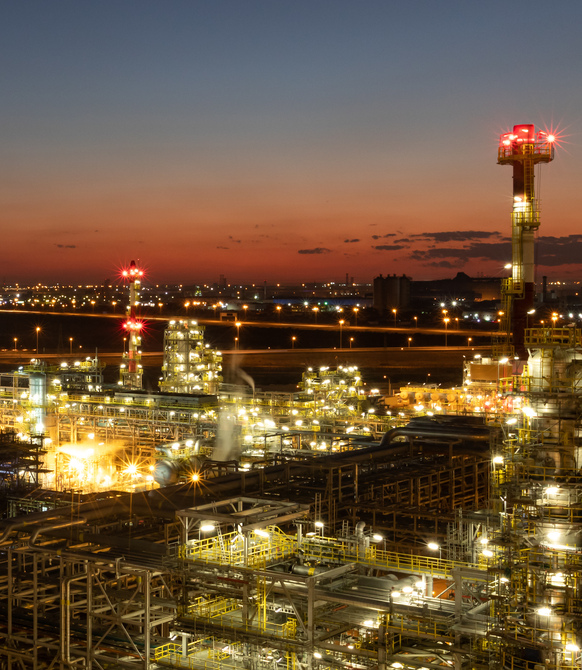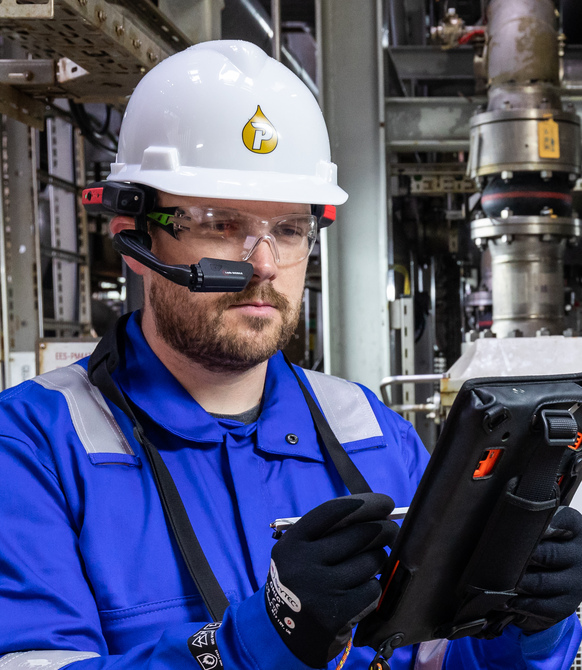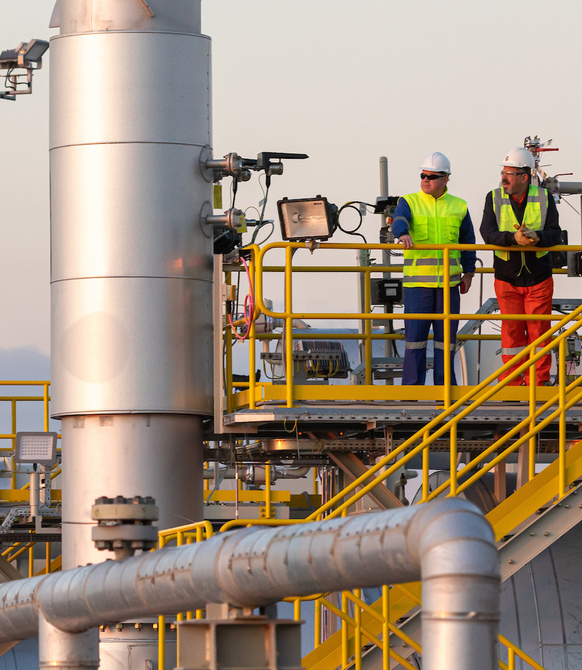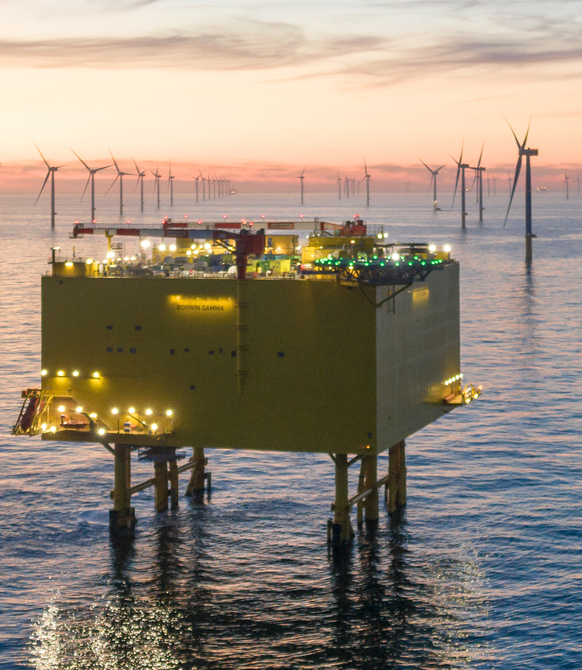What’s in a name?
Swans, saints, and soldiers all have something in common in the North Sea
From a Celtic saint to a Scottish writer, a freshwater bird to a national emblem, oil and gas fields in the North Sea have their own unique names. While some fields bear names that are easy to figure out, others seem at first glance randomly applied.
But why give a field a name at all? They are already identifiable by their block number, but names help personalise and identify it throughout its life cycle. Most fields are named by the geologists or drilling teams who conduct the exploration works, not CEOs or marketing teams. And, in an industry that is male-dominated, a lot of the nomenclature is female (as with ships).
There is method to the madness. Names are generally, but not always, chosen to suit an existing naming convention, such as natural history, famous figures, first names or mountains. Other regions have their own rules. In Norway, government guidelines dictate fields must bear Norwegian names with significance to the country’s heritage. In the Netherlands, fields are usually identified by a number.
We’ve taken a look at how North Sea fields and some of the assets that Petrofac is, or was involved with got their unique names.
Magnus
Discovered in 1974, this field is named after St Magnus, the Viking saint of Orkney. In the early 12th century he was a leader who refused to fight during a raid. It’s the UK’s most northerly field, located 160 kilometres off the Shetland Islands.
Kittiwake
Shell initially named all its UK oil fields after sea or freshwater birds, since Exploration Manager Myles Bowen had a keen interest in ornithology (the study of birds). This field is named after the Kittiwake, a pretty cliff-nesting gull with a small yellow bill and dark eyes.
Bruce
Part of a convention using Scottish clan names, oil and gas fields took on more Scottish influences in the 1970s as companies moved their offices to Aberdeen. The Bruce clan is from Kincardine in Fife, and was a royal house in the 14th century, producing two kings of Scotland: Robert the Bruce, and David II of Scotland.
Cygnus
One of the biggest gas fields in the southern North Sea and the largest to be discovered in the past 25 years within the Southern Gas Basin. It shares its name with the Latin word for swan - but seafarers will also know it as a bright constellation in the northern sky.
Miller
Part of the Conoco Scottish geologists’ naming convention, this one is named after Hugh Miller (1802-56), a self-taught geologist and writer whose father died at sea. Despite no formal qualifications, he discovered new species of fossilised sea scorpions and placoderms (armoured fish).
Britannia
One of the largest known natural gas and condensate fields in the North Sea, this massive field spanning multiple licence blocks was renamed Britannia, after the female personification of the British Isles and ‘ruler of the waves’.
Tiffany
American companies like Philips Petroleum used first names in the order of the alphabet to name fields. For example, ‘J’ block names could have begun with Jade. Often referred to as the ‘T block’, Tiffany, Toni and Thelma in the Central North Sea were actually named by Italian-owned Agip, though there’s a clear American influence.
This story was part of print version of the Petrofacts magazine. The magazine is now digital and you can find it here.








